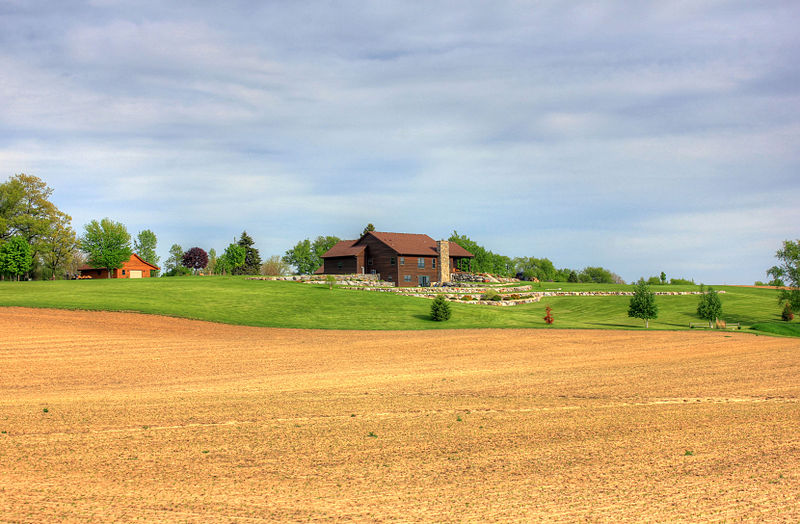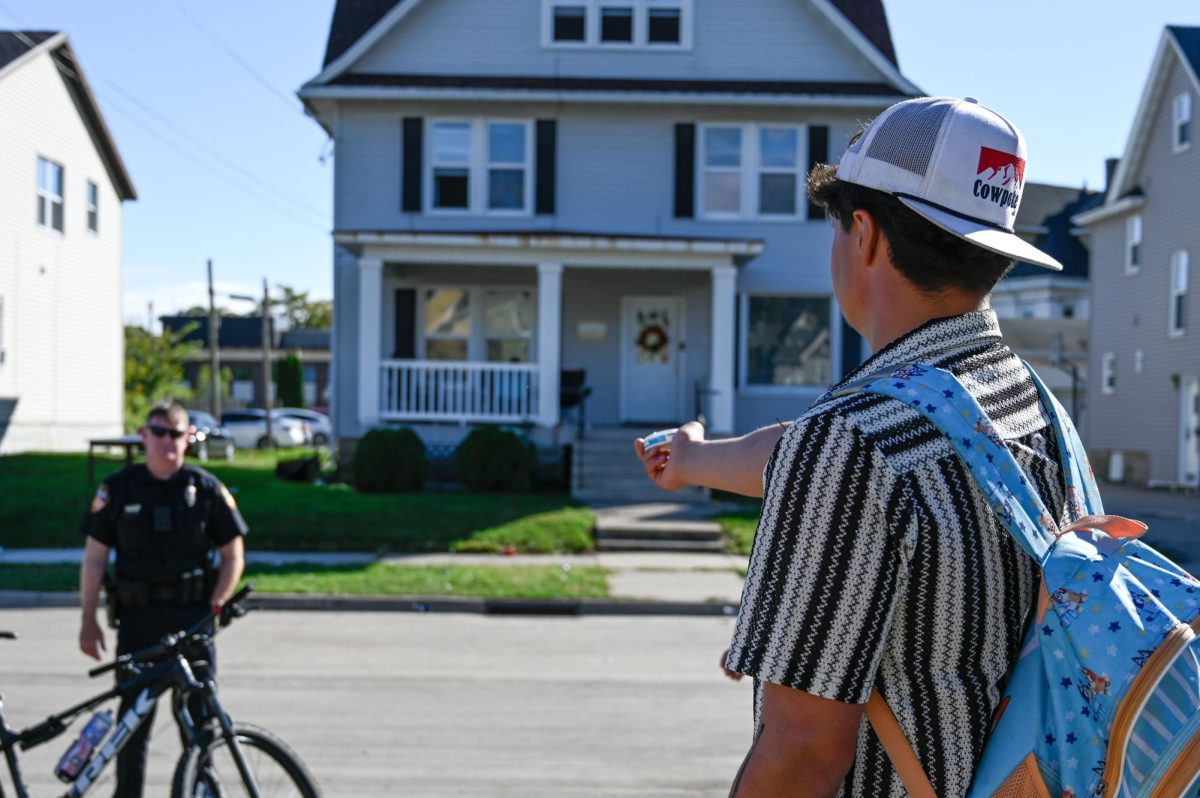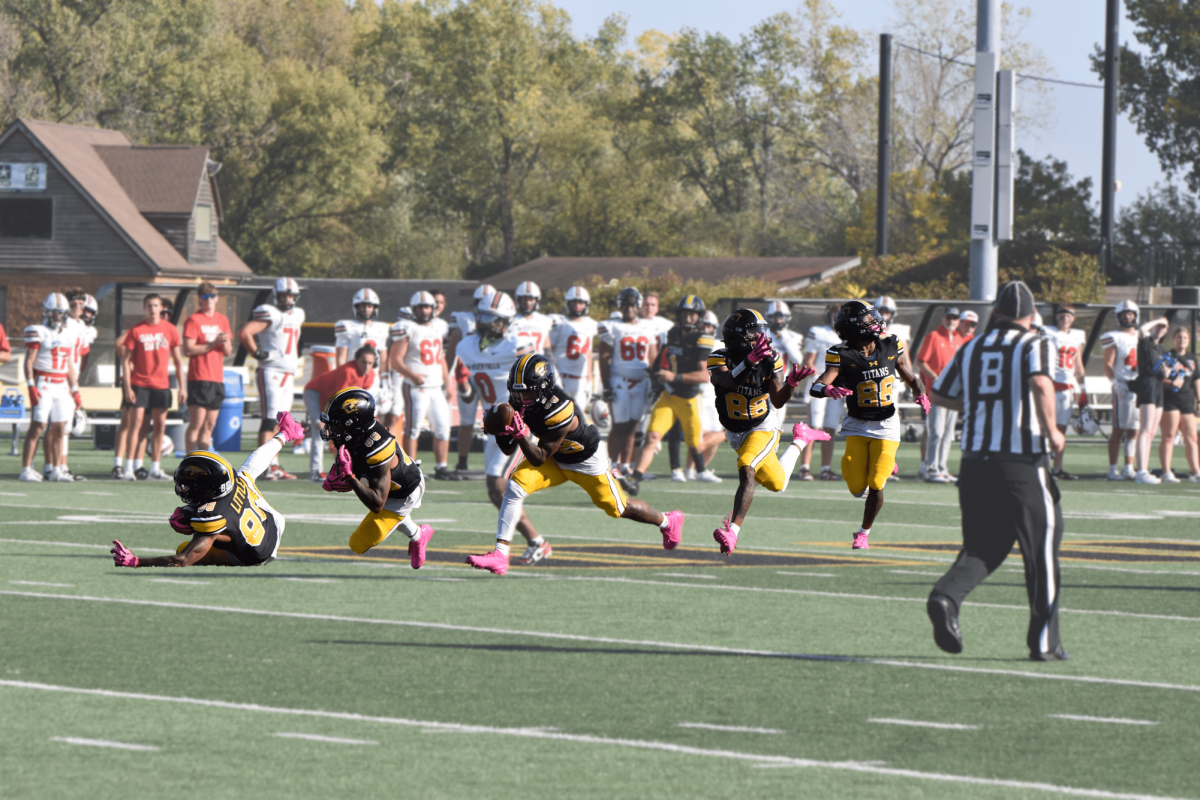Wisconsin ranks near the top among Midwestern states for rural population growth in recent decades, as many of its peers experienced rural population decline. Overall, rural Wisconsin counties that have seen the most recent growth are tourism and recreation hubs, primarily located in the state’s Northwoods.
Still, it’s important to put this growth in context. Wisconsin’s rural population growth rate remains modest, has slowed over time, and did not accelerate during the pandemic like some other Midwestern states.
This analysis relies on the federal Office of Management and Budget (OMB) classification of all U.S. counties as urban or rural based on whether they are part of an OMB-defined metropolitan statistical area (MSA). There are 15 MSAs that are within, or extend into, Wisconsin, covering 26 of its counties. The remaining 46 counties not included in MSAs are defined by OMB as nonmetropolitan, or rural.
Wisconsin’s rural population increased 5.1% between 2000 and 2022, ranking the state second in the Midwest behind only North Dakota. At just a 0.23% average annual increase, this is a tepid rate of growth compared to many other parts of the U.S. But it’s relatively strong compared to a 12-state Midwest region in which rural population declined 1.1% since 2000.
Since 2010, Wisconsin’s rural population has increased 1.8%. While this shows how rural population growth is slowing, it was good for third in the Midwest behind North Dakota and South Dakota. During this period, Wisconsin was one of just four Midwestern states – in addition to North Dakota, South Dakota, and Minnesota – to avoid rural population decline.
It’s notable that Wisconsin’s fastest-growing rural counties are dominated by many of its top destinations for tourism and recreation, especially during warm-weather months. They may be particularly attractive migration destinations for retirees, particularly those who already own property there.
Six counties in the state have seen population growth of 10% or more since 2010, with those atop the list being urban (Dane and St. Croix). The next four on the list are rural: Sawyer, Vilas, Bayfield, and Burnett. Door County narrowly missed the cutoff with a 9.9% population increase.
Meanwhile, seven counties experienced the state’s fastest rate of population decline, at 2% or more since 2010. Six of them are rural counties, listed here in order of percentage decrease: Richland, Rusk, Crawford, Taylor, Shawano, and Langlade. The one urban county on this list is also the state’s largest, Milwaukee.
Relative to the decade prior (2010 to 2020), some Midwestern states saw modestly increased rates of rural population growth during the initial years of the COVID-19 pandemic, from 2020 to 2022. Wisconsin’s rural population growth rate for all rural counties essentially remained unchanged, though individual counties did see increases or decreases.
This article is courtesy of the WNA Foundation. Weekly Fiscal Facts are provided to Wisconsin Newspaper Association members by the Wisconsin Policy Forum, the state’s leading resource for nonpartisan state and local government research and civic education.

















